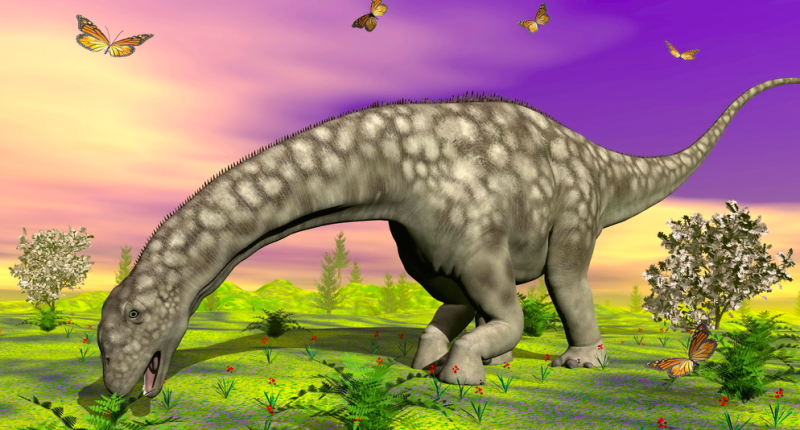| Online: | |
| Visits: | |
| Stories: |

| Story Views | |
| Now: | |
| Last Hour: | |
| Last 24 Hours: | |
| Total: | |
Dinosaurs Got High On Hallucinogenics
Dinosaurs ate hallucinogenic fungus that grew on prehistoric grass and was then preserved for about 100 million years in an amber fossil.
The fossil, which was discovered in Myanmar, provides evidence of the earliest grass specimen ever found, reported Eureka Alert.
The prehistoric grass played host to a fungus similar to ergot, a fungus blamed for disease epidemics and the Salem witch trials that was used for centuries as an labor-inducing or abortifacient drug and later synthesized as LSD.
“It seems like ergot has been involved with animals and humans almost forever, and now we know that this fungus literally dates back to the earliest evolution of grasses,” said George Poinar, Jr., an Oregon State faculty member and expert on studying specimens found in amber.
He said the discovery helps scientists understand the timeline in grass development and how it relates to human food crops such as corn, rice, and wheat.
Researchers said dinosaurs undoubtedly ate the now-extinct ergot-like fungus, Palaeoclaviceps parasiticus — which would have been toxic and naturally hallucinogenic.
“There’s no doubt in my mind that it would have been eaten by sauropod dinosaurs, although we can’t know what exact effect it had on them,” Poinar said.
For the original article, click here.




